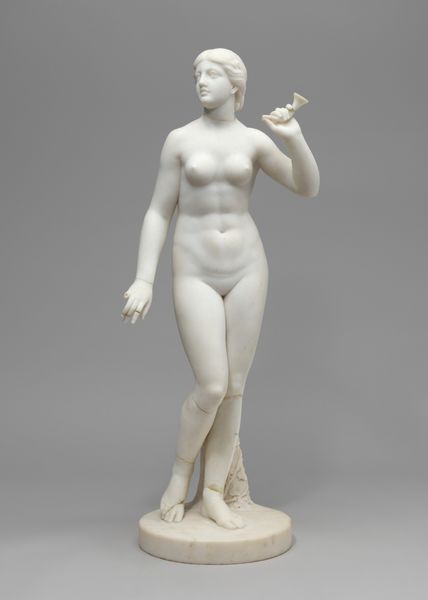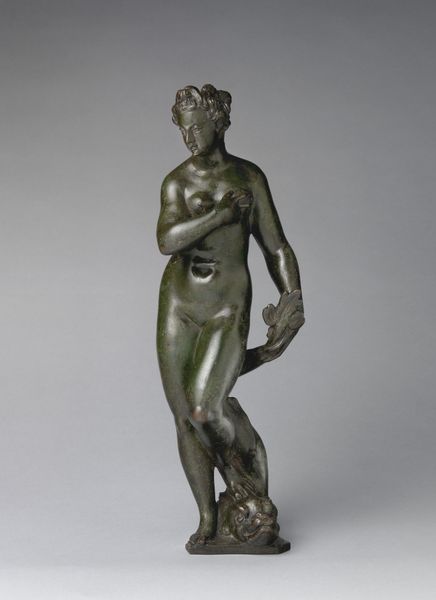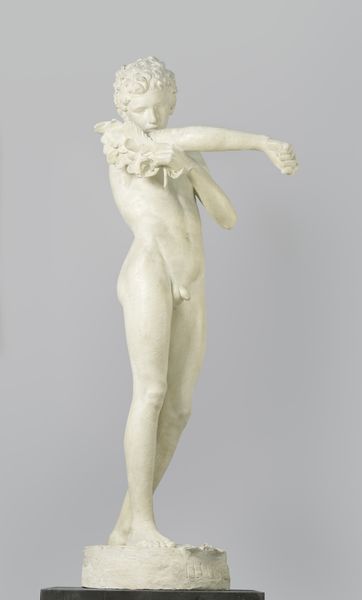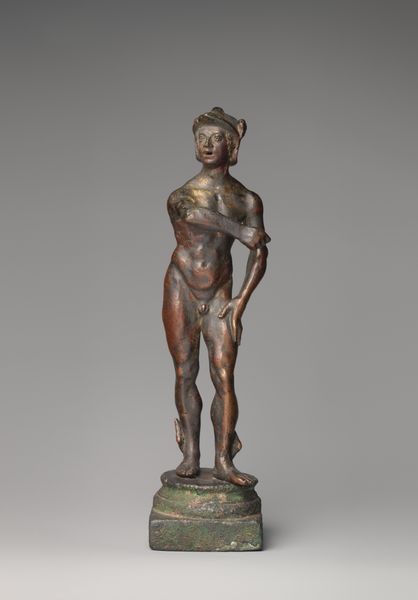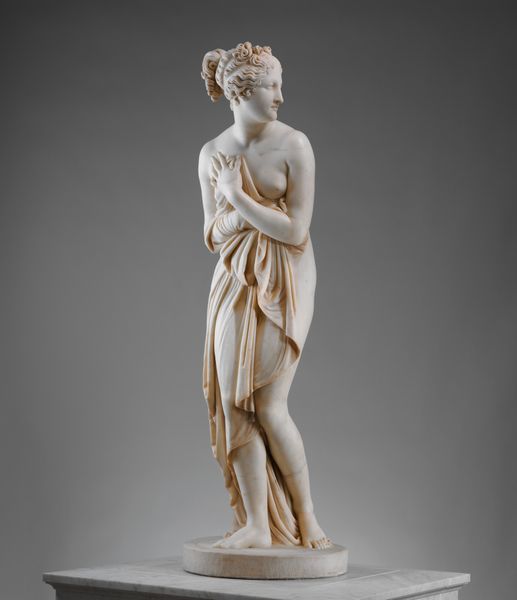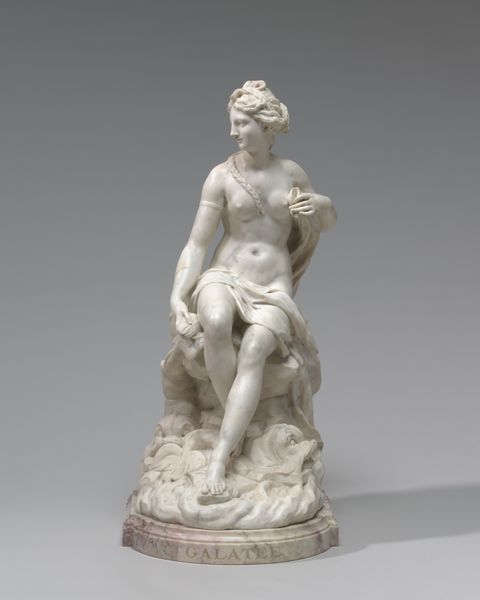
sculpture, ivory
#
baroque
#
figuration
#
sculpture
#
nude
#
ivory
Copyright: Rijks Museum: Open Domain
Pieter Xaveri carved this statuette of Adam out of ivory in the 17th century. Ivory, with its creamy hue and capacity for fine detail, was a prized material for sculptors during this period. Consider the labor involved: Xaveri would have needed specialized tools to carve the hard material, and the skill to render the human anatomy so precisely. Look closely and you can see the marks of the artist's hand. The surface is smooth, but not perfectly so, allowing the light to play across the figure. Ivory carving was a luxury trade, linking the artist to global networks of commerce and power. The extraction of ivory was, and still is, deeply intertwined with colonialism, exploitation, and environmental destruction. As you contemplate the figure of Adam, remember that it is embedded in these stories of making, which lie just beneath its polished surface.
Comments
rijksmuseum about 2 years ago
⋮
Between 1670 and his death in 1673, the Antwerp sculptor Pieter Xaveri lived in Leiden, where he specialized in small figures modelled in clay. Thanks to these signed ivory figurines, we know that he also pursued that specialism. Xaveri has here abandoned his quick and expressive style in clay modelling in favour of fluid, yet restrained forms.
Join the conversation
Join millions of artists and users on Artera today and experience the ultimate creative platform.





